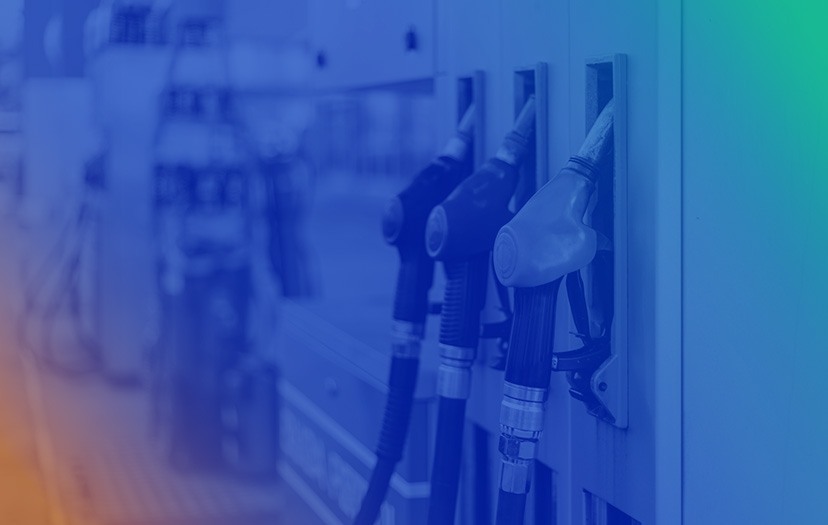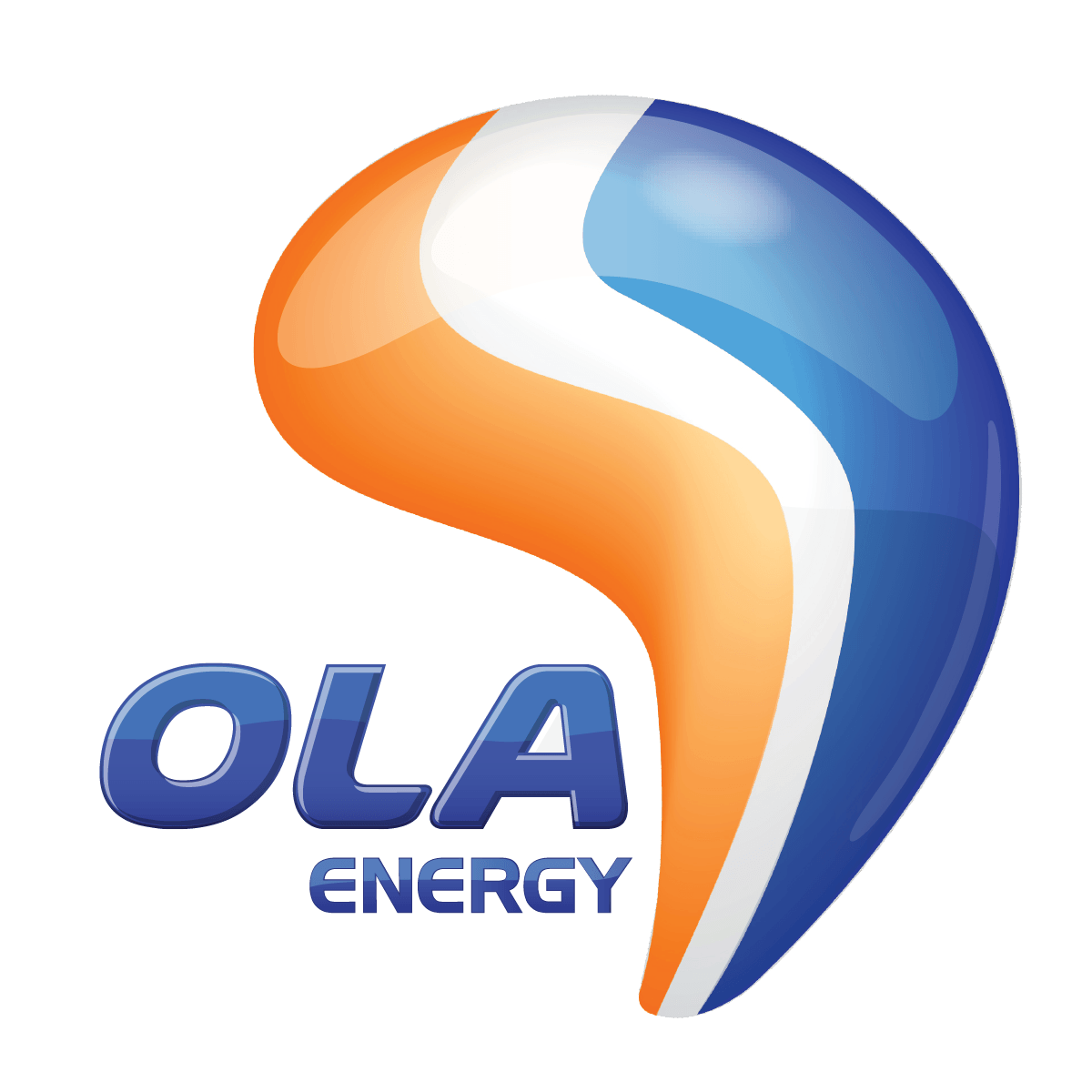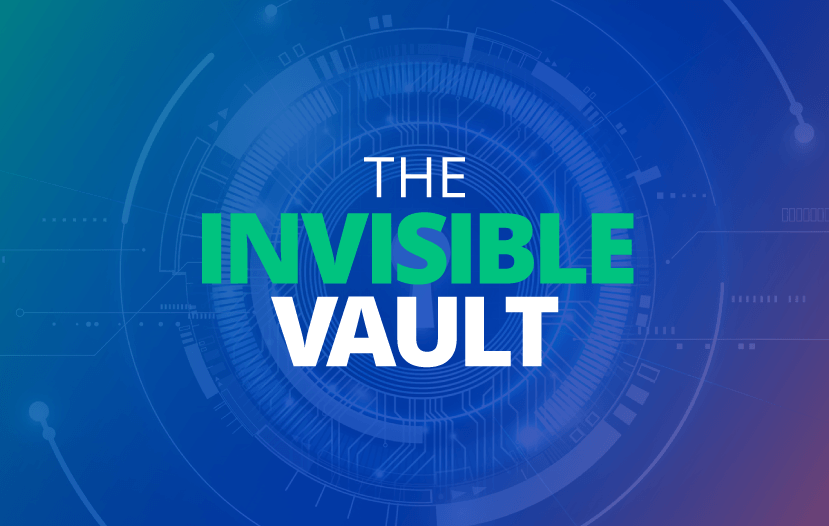Success Story
How Treasury Centralization is Helping Ola Energy Increase Efficiency by 80% and Reduce Costs by 20%

With 34 affiliate companies working in 20 different currencies, Ola Energy’s 105 banking partners are responsible for more than 400,000 transactions per year. So it’s not surprising that Ola Energy Group Treasurer Abdessalem Lassoued was facing some challenges before deploying a cloud treasury solution. Lassoued sat down with Kyriba to explain more.
What were the main issues you faced when you joined Ola Energy in 2015?
Abdessalem: The main issue was a lack of consolidated cash visibility. The treasury function was very decentralized and cash positions, forecasting and reconciliation were done manually on spreadsheets based on downloads from various online banking portals and in some cases hard copy bank statements. This meant we rarely managed to obtain a view of our daily cash positions until late morning or early afternoon. Not being able to see real time, group-wide cash positions led to a lack of accuracy in the data we worked with, a lack of reliable variance analysis and as a result, an inability to measure the effectiveness of our analytics. As a result, we also had no real view of our short-term liquidity risk or FX exposure.
“Overall, we expect to optimize operational efficiency by 80 percent, while reducing operational costs by around 20 percent, with the expectation that these metrics will improve over time.”
Abdessalem Lassoued, Group Treasurer, Ola Energy
So what impact were these issues having on the business?
Abdessalem: Working with spreadsheets, we suffered operational inefficiencies through the time-consuming additional workload. We were also more susceptible to making mistakes. However, the biggest impact was undoubtedly on the quality of the data, which by the time it was compiled, was out of date and therefore meant that decision-making was based on inaccuracies.
Are you able to quantify the cost to the business of suffering these challenges?
Abdessalem: It is hard to quantify in terms of value, but the cost of making decisions based on inaccurate data is immeasurable. It led to losses from bad investment decisions, it meant we were under-funded for meeting debt commitments and were left looking for urgent financing solutions, and therefore also vulnerable to additional and unforeseen bank fees. The time constraints and lack of information also meant we were unable to negotiate favorable financing conditions. This all led to a general feeling of disruption and instability in the business.
So in 2016 you decided you needed to invest in a treasury management solution; did you face any internal resistance or trouble gaining approval from your CFO?
Abdessalem: No, I made sure I was equipped with all the information to support the need for a TMS. I created a detailed business case based on the challenges and losses we’d experienced, with quantifiable return on investment and tangible business benefits. I also tried to propose a realistic budget that could be offset by the potential future losses of not implementing a system. In addition, my previous positive experience of implementing Kyriba enabled me to provide quantifiable data showing the significant cost of not using a TMS and accurately forecasting the expected savings.
What advice would you give to other corporates considering the proposed investment of a TMS?
Abdessalem: In addition to a business case, I believe it’s very important to create a detailed project charter including: project planning, schedules, detailed organization of project teams and committees, roles and responsibilities, communication chart, identification of eventual risks and anticipation of back-up plans, and change management impacts.
Why did you choose Kyriba following a thorough market evaluation?
Abdessalem: Our selection of a TMS was based holistically on the ability to optimize our treasury function rather than on specific features and functions. We evaluated three key areas: 1) time, efficiency and financial gains; 2) risk mitigation, fraud protection and compliance; and 3) return on investment.
With that said, Kyriba perfectly met our technical requirements in terms of cash management, reconciliation, reporting and risk management. Being a cloud-based solution, which was appropriate given our limited internal IT resources and complex geographical structure, we knew the solution could be accessed by users in multiple locations rolling up to provide me with a real-time centralized view of our cash positions across the group.
You’ve been using Kyriba now for nearly a year, can you provide some feedback on quantifiable results and benefits seen so far?
Abdessalem: Finalization of the project is still in progress so it’s difficult to quantify the results at this stage. But I have no doubt we will have improved visibility of cash thanks to the data on demand. We will have a reliable cash forecasting process upon which to base our decisions, as well as more timely view of any liquidity and FX risk exposures. We will also have full control over our bank charges and our trade finance management, and full visibility of the intercompany cash flows. Our cash calls of the affiliates will be fully automated and dematerialized. Overall, we expect to optimize operational efficiency by 80 percent, while reducing operational costs by around 20 percent, with the expectation that these metrics will improve over time.
ABOUT Ola Energy
Headquartered in Dubai with operations in 18 different countries, Ola Energy is a key player in the African energy industry. It serves 250,000 customers a day through more than 1,000 service stations, including operations at 54 airports on the continent, and sponsors the Ola Energy Rally of Morocco.










